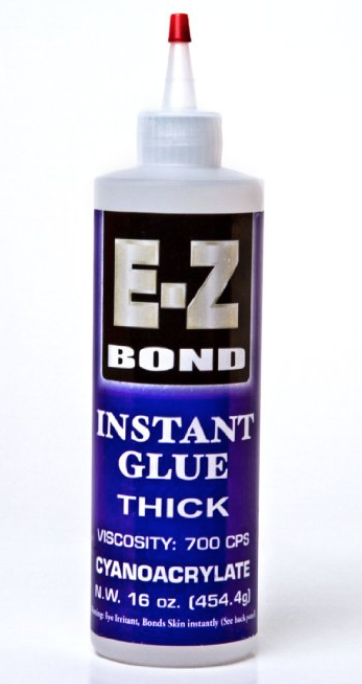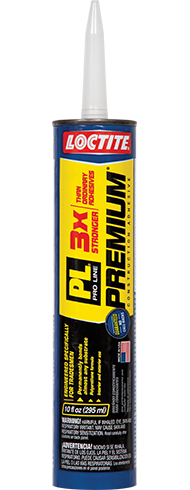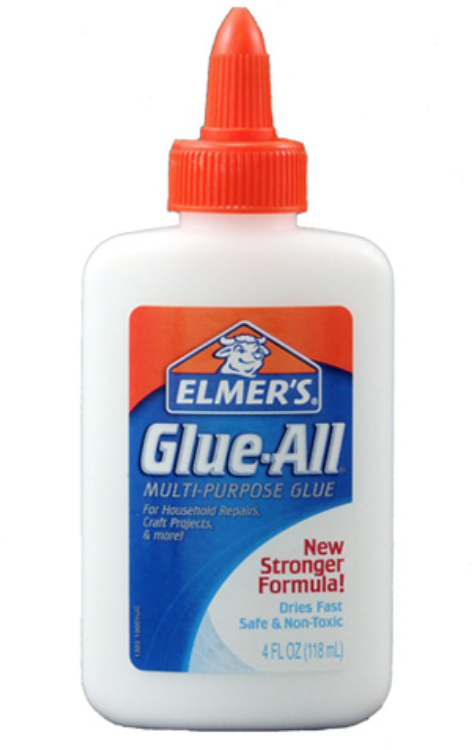Ready, Set, Glue!
Many of things that break can be fixed with a little glue! With so many different types of glue, you just need the best stuff for the job. Check out this brief glue guide to decide what to use.
 Wood Glue: Ideal for a joint of a picture frame that has separated or to reattach one of the legs of a wooden step stool
Wood Glue: Ideal for a joint of a picture frame that has separated or to reattach one of the legs of a wooden step stool
For best results, pieces should be clamped while the glue dries. Most formulas of wood glue can be sanded down once dry to blend into the original piece. Some wood glue have wood fibers mixed in for optimal results if the pieces being glued need painting. Waterproofing glues are available for outdoor pieces.
 Instant Adhesive: Ideal for a peeling rubber edge of a sneaker, a loose stone on a dance recital costume, or a handle on a mug that snapped
Instant Adhesive: Ideal for a peeling rubber edge of a sneaker, a loose stone on a dance recital costume, or a handle on a mug that snapped
This clear-drying glue does the job in seconds. Great for items that would be awkward to clamp or flexible items that often bend. However, with a quick drying time, it might be best to line up what you are gluing before you actually glue to ensure everything is where you want it. Once this quick drying glue sets, it can be difficult to revert. Extra sticky, the glue can be removed from stuck fingers with a bottle of acetone based nail polish remover or cooking oils.
 Polyurethane Glue: Ideal for metal house numbers on a brick wall, a wood handle on your metal rake, or a mirror that has fallen out of its frame
Polyurethane Glue: Ideal for metal house numbers on a brick wall, a wood handle on your metal rake, or a mirror that has fallen out of its frame
Great for attaching one material to another and for porous materials. This glue expands as is dries, creating a tighter bond between pieces. It can sometimes take up to 24-hours to dry, however, so it is best to use a clamp, weight, or tape to hold pieces in place. Most formulas dry brown, so take care when applying.
 Craft Glue: Ideal for pealing puzzles pieces, wooden knickknacks, or trim on a paper lampshade
Craft Glue: Ideal for pealing puzzles pieces, wooden knickknacks, or trim on a paper lampshade
A thicker, more versatile version of glue children use for art projects, this clear-drying glue is great for repairing paper, fabrics, ceramic, and plastics. Since it does not dry as tightly as some other glues, use caution when applying to weight-barring wood projects.
Before jumping in, stick to the basics.
- Cover workspace with a trash bag or newspaper
- Pick your application tool: toothpick, popsicle stick, or paintbrush
- Pick your clamp: Binder clips, rubber bands, masking tap, bar/wooden clamps
- Align pieces before applying glue
- Use glue sparingly – a little bit goes a long way
- Wipe the bottle opening with a cloth before closing to ensure easy reopen for future fixes
You never know when something is going to break, so keeping one of each type of glue handy at home will serve you well in all sticky situations.

